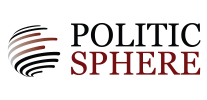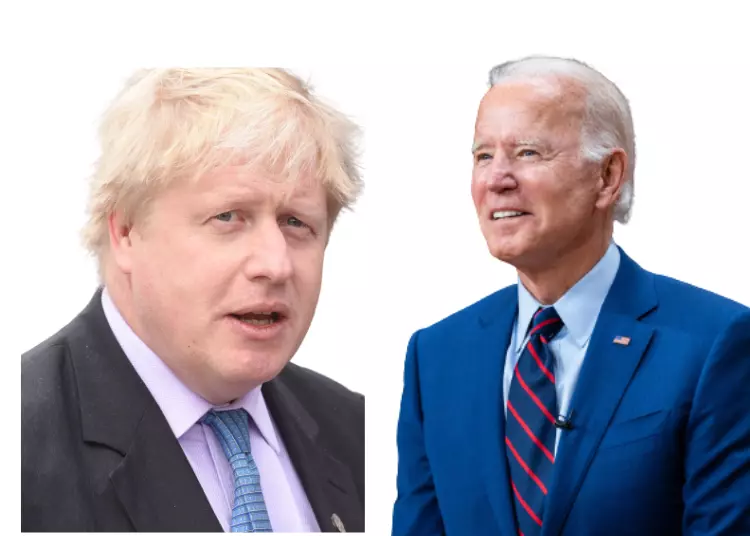The president and prime minister are the highest-ranking officials in their respective countries. They share many similarities, but notable differences set them apart. This article will explore some of the key distinctions between these two powerful figures.
Difference Between President And Prime Minister in the etymology of the terms
A president usually refers to the “head of state of a country that is a republic,” while a PM is primarily “the leader of the government of a country that is a constitutional monarchy [Source], in countries such as Australia and France. Some governance systems treat the president as the head of state and the government leader, especially in African countries.
In India, the PM is the “leader of the executive and the most powerful individual of the country,” and a president is the “first citizen of the country and holds the highest office” [Source].
Differences Between President And Prime Minister in being elected into office
PM is either appointed by the government leader or elected into office by the legislature, depending on a nation’s constitution.
The president appoints the Indian Prime Minister, and members of parliament together with the legislative assembly elect a president. But in most nations, a president is voted into office through general elections carried out after a term expires, when a president is impeached, or after one dies or after a coup.
Difference Between President And Prime Minister when it comes to powers
The PM is the head of the cabinet and the council of ministers, while the president is the ceremonial head of the country.
PM’s powers also differ, considering the country in which one is suited. For example, a PM in a country that a president also rules has fewer powers because the president takes the lion’s share of governing issues. This is different from a PM in a nation with the monarch as the head of state. Such a PM can perform other duties to be president in other states.
Difference Between President And Prime Minister in terms of duties
It is noted that “in a parliamentary system, the prime minister sets the national agenda, appoints cabinet officials, and governs at the behest of a party or a coalition of parties,” and presidents “serves as largely ceremonial heads of state” [Source].
When it comes to policies and bills, the PM works with the cabinet to develop policies. A bill or policy cannot pass without the president’s assent and recommendation. In terms of judicial power, a PM has authority “over matters concerning the Judiciary,” with the president’s power extending to “granting amnesty to criminals on death row.” To leave office, the Lok Sabha can pass a no-confidence motion to remove the Indian PM, and a president is removed through impeachment.
Only the president can declare a state of emergency in India, and the PM has such authority. Many nations use this system of governance.
As for roles played by the PM and president, the PM coordinates with cabinet national programs. A president executes the duties of a commander and chief of the military. Authority in vital military operations, especially those linked with launching an attack on other nations or declaring war, is assigned to the president. Also, a PM is tasked with meeting foreign officials and dignitaries, with the president performing ceremonial duties like national events such as Independence celebrations. The appointment of government members is a PM’s duty. The appointment of federal government heads, including the cabinet, falls to the presidential office.
Given these differences, the president ranks above a PM in power and other critical national duties.







































